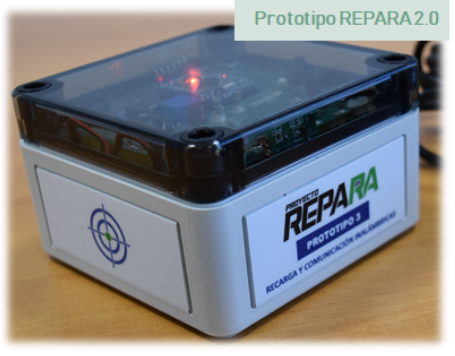There are many research and innovation projects whose objective is the design and development of an electronic device, whose purpose is to satisfy main requirements of the market. In general, we look for devices with the necessary capacity to acquire information about the physical world that surrounds us and, in many cases, interact with it.
To carry out the validation of the idea, it is necessary to carry out a previous prototype that allows a first approximation of the final solution. Generally, the most complex and interesting part is the electronic design of the device. In this part, the design and development of the electronic board is carried out, defining consumption and communication requirements, selecting microcontrollers, PCB board, components, connectors, etc.
This task means to have expensive electronic design software licenses, to integrate expert electronic staff into the work team and to allocate a significant part of the project hours to its execution.
Times change, more and more hardware development platforms are involved in making these changes possible. These platforms offer the user a board that integrates the microcontroller with the circuits and basic components of communication, power, etc. Among them stand out: Parallax, STMicroelectonics, LaunchPad, Microchip ChipKIT, mbed (version of ARM to give solutions to “internet of things”).
But, if I had to choose one of these platforms at this time, I would do it for Arduino. I think he has cleverly combined the hardware and software, generating a flexible prototyping platform, open source and easy to use, whose features are:

- A hardware based on powerful boards that integrate simple microcontrollers. Its main characteristics are low cost, small size and low consumption. It is published under a Creative Commons license, a wide variety of auxiliary equipment developed by other manufacturers that support this platform is available on the market.
- Open source software, based on a simple and clear development environment. That allows expert programmers to generate complex solutions. In part, this must availability of a multitude of standardized libraries contributed by a large community on the internet.
These characteristics facilitate and guarantee the integration of the new trends and evolutions that are continuously generated in the field of electronics, thus improving their features and capabilities.
Although a priori it may be thought that this platform is designed to start experimenting with electronics, its features make it a flexible and powerful tool for expert users, facilitating the development of advanced prototypes.

Therefore, these tools allow to reduce costs and design times of any technological proposal, facilitating the creation of prototypes and reducing the errors generated in its development phase. This allows the researcher to forget about the implementation at a low level and focus on the design features.
This technology has great potential for integration in several of the technological research and innovation lines with which the European Union is currently working, such as, the Internet of Things and in Factories of the future, of H2020.
In CARTIF we are aware of its importance and we have started to use these platforms as support in the development of our research work. A sample of this is the European project “SANDS”, where the Internet of Things, Social Networks and Intelligent Systems converge, and the Spanish project “REPARA 2.0”, in which new autonomous and wireless sensors are searched to be embedded in the asphalt layer of our roads.
- Terahertz technologies in industry - 31 March 2023
- Robust solutions with simple ideas - 26 August 2022
- Hardware and software ‘easy-to-use’ - 9 March 2018
